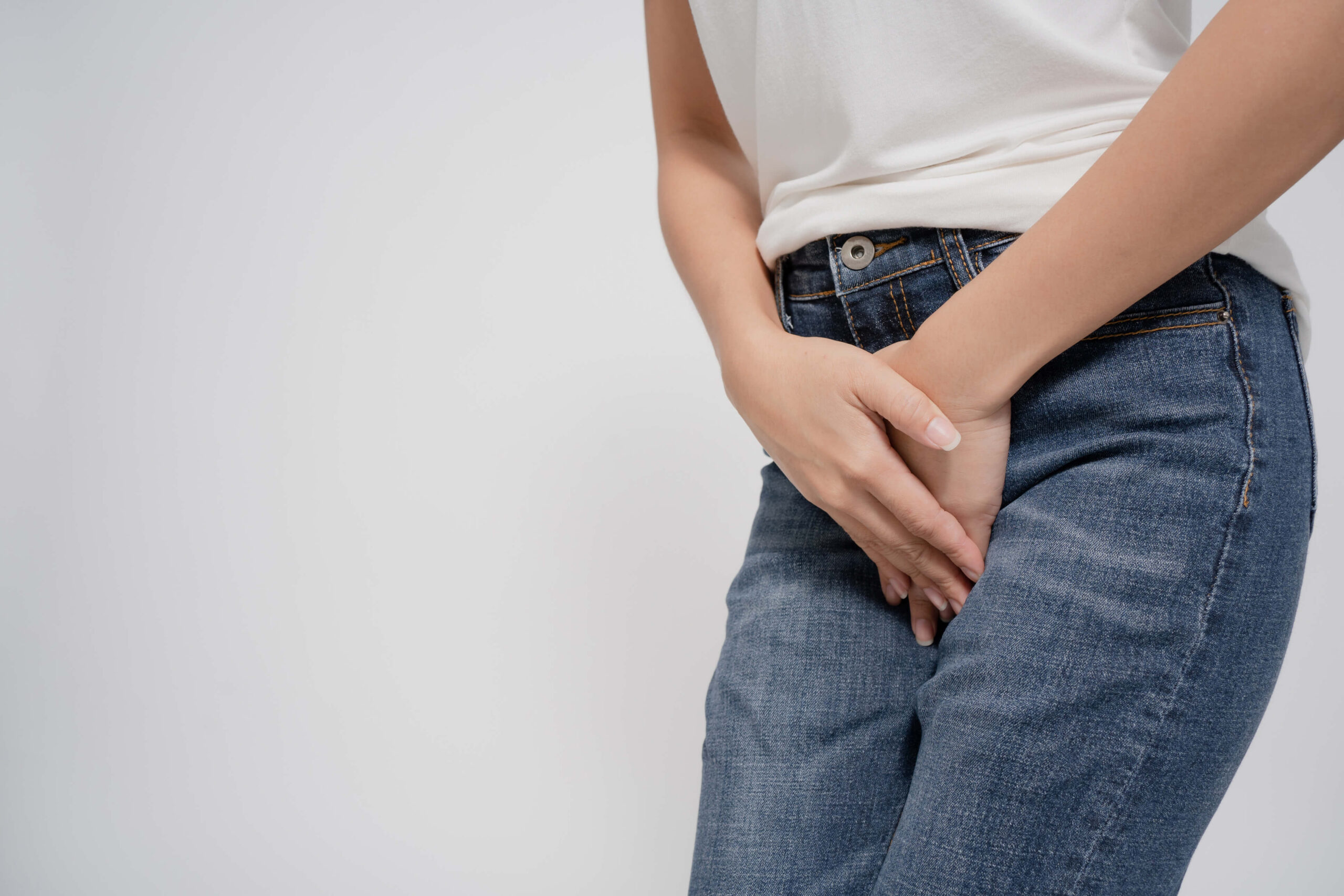What are Urinary Stones
Urinary stones, also known as urolithiasis, are solid masses made of crystals that originate in the urinary tract. They can form anywhere along the urinary tract, which includes the kidneys, ureters, bladder, and urethra. The composition of these stones varies, but they typically contain various combinations of minerals and other substances. Some stones are small enough to pass in the urine without causing symptoms, while others can grow larger and cause pain and complications. These stones can be categorised into four different types based on their chemical composition: calcium stones, uric acid stones, struvite stones and cystine stones.
Calcium Stones
Calcium stones are the most prevalent type of urinary stones and are primarily composed of calcium oxalate or calcium phosphate.
Causes of Calcium Stones
- Dietary Influences: High intake of foods rich in oxalate, such as spinach, rhubarb, nuts, and tea, can increase the risk of calcium oxalate stones. Similarly, excessive consumption of animal protein and salt may promote calcium stone formation.
- Metabolic Factors: Conditions like hypercalciuria (high calcium in the urine), hyperoxaluria (high oxalate in the urine), and hyperuricosuria (high uric acid in the urine) can contribute to the development of calcium stones.
- Medical Conditions: Diseases like renal tubular acidosis, certain types of inflammatory bowel disease, and disorders of the parathyroid gland can lead to elevated calcium levels in the urine.
- Genetic Predisposition: Some studies suggest a genetic component in the formation of calcium stones, indicating that individuals with a family history of stone disease are at a higher risk.
- Other Factors: Dehydration, by reducing urine volume, can increase the concentration of stone-forming substances in the urine, thus raising the risk of stone formation.
Symptoms and Treatment Methods
Calcium stones vary in size and shape and can cause symptoms ranging from mild discomfort to severe pain, especially when they move or block part of the urinary tract. Treatment for calcium stones may involve medication, dietary changes, or surgical procedures, depending on the stone’s size, composition, and the patient’s overall health.
Uric Acid Stones
Uric acid stones form when the urine contains too much acid, a condition known as hyperuricosuria.
Causes of Uric Acid Stones
- Dietary Habits: A diet high in purines, substances found in animal proteins such as red meat, organ meat, and shellfish, can increase uric acid levels in the urine. High-purine diets can lead to excessive production of uric acid, a waste product in the blood, which is then excreted in the urine.
- Genetic Factors: Some individuals have a genetic predisposition that increases their risk of developing uric acid stones.
- Medical Conditions: Gout, a form of arthritis caused by excess uric acid in the blood, is associated with the formation of uric acid stones. Other conditions like obesity, diabetes, and chronic diarrhoea can also contribute to an acidic urinary environment.
- Dehydration: Low urine output can lead to higher concentrations of uric acid in the urine, making stone formation more likely.
- Medications: Certain medications, such as diuretics and aspirin, can increase uric acid levels in the urine.
Symptoms and Treatment Methods
Uric acid stones are typically more manageable with dietary and lifestyle modifications than other types of stones. Increasing fluid intake, particularly water, to dilute the urine, and reducing intake of high-purine foods can be effective preventive measures. In some cases, medications that alkalinize the urine or reduce uric acid production may be prescribed.
Struvite Stones
Struvite stones, also known as infection stones, are typically associated with urinary tract infections caused by bacteria that produce ammonia. Unlike other types of urinary stones, struvite stones can grow quickly and become quite large, sometimes occupying a large portion of the kidney’s collecting system.
Causes of Struvite Stones
- Urinary Tract Infections (UTIs): Some UTIs are caused by bacteria that produce urease. Urease, an enzyme that converts urea into ammonia, can increase the pH of urine and create an environment conducive to struvite stone formation.
- Chronic Bacterial Infections: People with chronic or recurrent UTIs are at a higher risk of developing struvite stones.
- Neurogenic Bladder: This condition, which affects the normal bladder function, can lead to urinary stasis and increase the risk of UTIs and subsequent struvite stone formation.
- Use of Urinary Catheters: Long-term use of urinary catheters can predispose individuals to urinary tract infections, thus increasing the risk of struvite stones.
- Anatomical Abnormalities: Structural abnormalities in the urinary tract that cause urine to stagnate can also contribute to the formation of struvite stones.
Symptoms and Treatment Methods
These stones can grow rapidly and often with few symptoms until they reach a certain size. Larger stones can cause urinary obstruction, leading to symptoms like pain, infection, or damage to the kidneys. The primary treatment for struvite stones involves removing the stone, often through surgical methods, and treating the underlying urinary tract infection. Long-term management may include strategies to prevent recurrent infections, which aim to control and prevent UTIs.
Cystine Stones
Cystine stones are rare and occur in individuals with a genetic disorder known as cystinuria. This condition leads to an excessive excretion of cystine, an amino acid, in the urine, resulting in the formation of stones.
Causes of Cystine Stones
- Genetic Mutation: Cystinuria is caused by mutations in specific genes responsible for the transport of cystine and other amino acids in the kidneys. These mutations lead to the excessive excretion of cystine in the urine.
- Family History: Cystinuria is an inherited disorder, so individuals with a family history of cystine stones are at a higher risk.
- Increased Concentration of Cystine: When the concentration of cystine in urine exceeds its solubility, it crystallises and forms stones. Factors like dehydration can exacerbate this.
- pH Levels of Urine: The solubility of cystine in urine is pH-dependent. More acidic urine can reduce the solubility of cystine, leading to stone formation.
Symptoms and Treatment Methods
The symptoms of cystine stones are similar to other types of urinary stones and include pain, hematuria (blood in the urine), and recurrent urinary tract infections. The recurrent nature of these stones can lead to chronic kidney problems. Treatment for cystine stones includes methods to increase the solubility of cystine in the urine, such as drinking more fluids to dilute the urine and medications that alkalinize the urine. In some cases, surgery may be required to remove large stones.
Conclusion
Urinary stones, while a common urological condition, can vary in type, cause, and treatment. Understanding the different types of stones, their underlying causes, and the available treatment options can lead to prompt detection and effective management.


